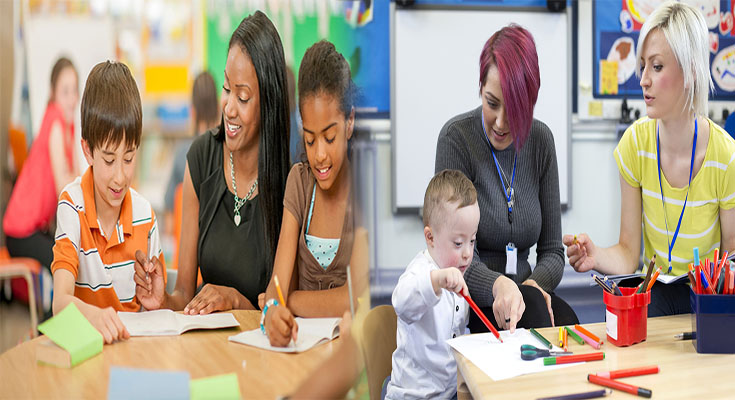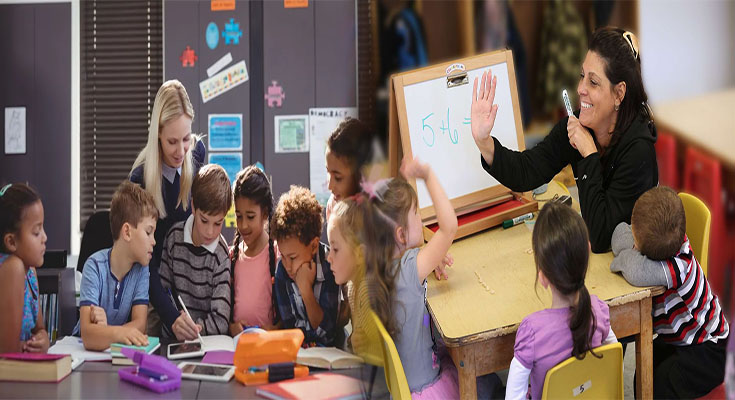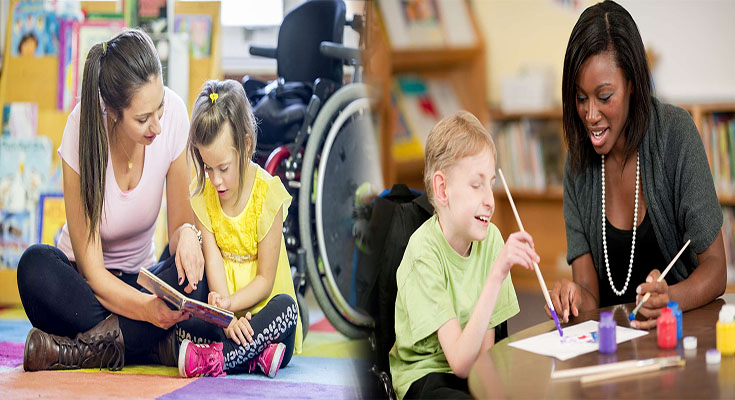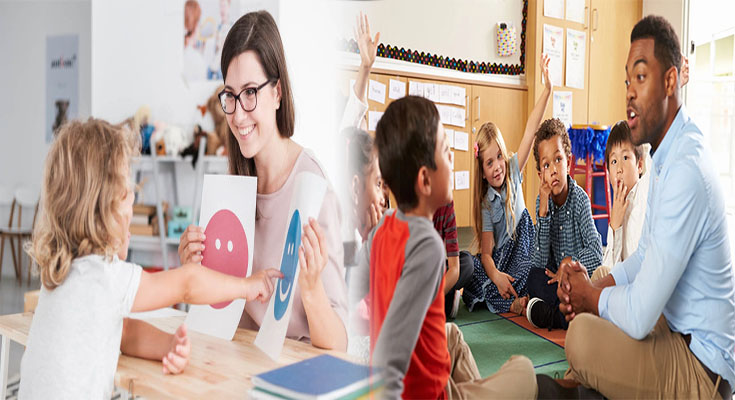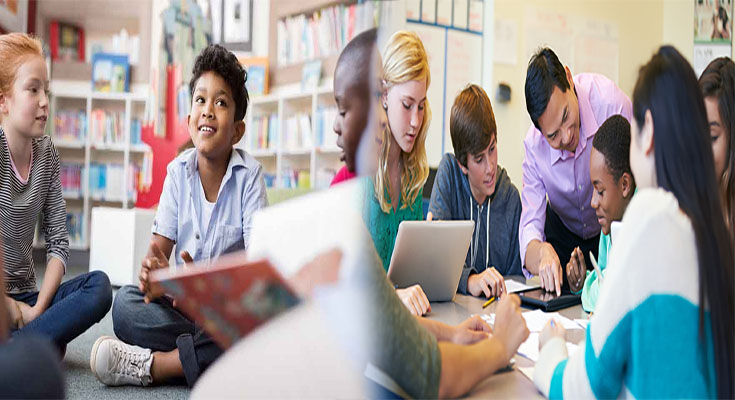
Behavior Management Strategies for Diverse Special Education Classrooms
Managing behavior in diverse special education classrooms can be a challenging task. Each student has different needs, abilities, and behavior patterns. As an educator, it is important to have effective behavior management strategies in place to create a positive and inclusive learning environment for all students. Here are some strategies that can be helpful:
Individualized Behavior Plans
In diverse special education classrooms, it is crucial to create individualized behavior plans for each student. These plans should take into account their unique needs, strengths, and challenges. Collaborate with parents, special education staff, and other professionals to develop a comprehensive plan that outlines clear behavioral expectations, identifies triggers and antecedents, and provides appropriate interventions and supports.
Positive Behavior Support
Implementing a positive behavior support approach can be highly effective in managing behavior in special education classrooms. This approach focuses on reinforcing positive behaviors rather than focusing solely on punishment for negative behaviors. …
Behavior Management Strategies for Diverse Special Education Classrooms Read More

